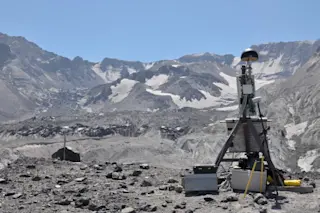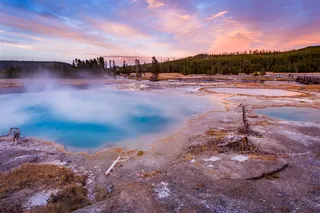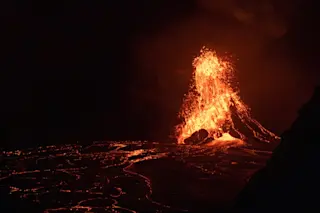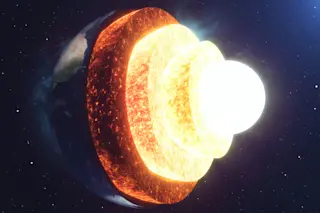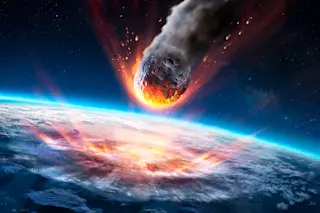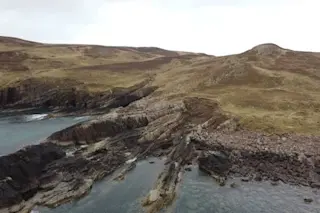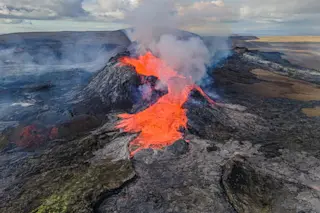This GPS station on Mount St. Helens is one of the many ways volcanologists can monitor the day-to-day activity at an active volcano (even when its at rest).Adam Mosbrucker / USGS When it comes down to it, volcanoes spend most of their existence not erupting. If you look at almost any volcano, it might have a bout of eruption for days to months at a time, then go quiet for decades, centuries or more. So when you think about the activity at any given volcano, you should not only concern yourself with what might be happening when the volcano is actually coughing stuff up (erupting), but also when, at the surface, things look perfectly calm. There are a number of ways to examine what a volcano was/is doing during these periods of repose. My research is like that of a historian, trying to understand what was going on before eruptions ...
Mount St. Helens Is Recharging Its Magma Stores, Setting Off Earthquake Swarms
Mount St. Helens volcano remains active beneath the surface, with new magma and an earthquake swarm detected recently.
More on Discover
Stay Curious
SubscribeTo The Magazine
Save up to 40% off the cover price when you subscribe to Discover magazine.
Subscribe

